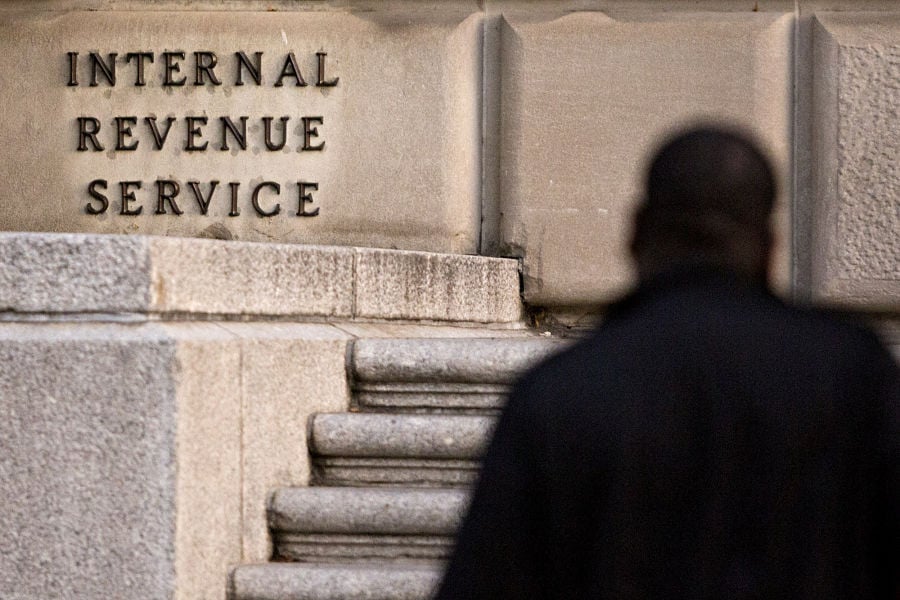Upset with a smaller-than-anticipated tax refund this year? The IRS has a remedy for that.
The Internal Revenue Service is redesigning the key tax withholding form, the W-4, which tells employers how much to take out of employees' paychecks. The form is critical for filers to calculating withholding that wasn't updated to reflect the new facets of the
2017 tax overhaul.
"The new design reduces the form's complexity and increases the transparency and accuracy of the withholding system," according to a Treasury Department fact sheet. "While it uses the same underlying information as the old design, it replaces complicated worksheets with more straightforward questions that make accurate withholding easier for employees."
In the most recent filing season, some taxpayers expressed concerns that their
refunds were much smaller than in past years. The old W-4, which hadn't been updated to reflect all the changes to the law, is responsible for some of the surprises.
(More: Higher tax bills following reform surprise clients)
The new form, which was released as a draft on Friday, will be finalized in about a month and becomes effective on Jan. 1, 2020, a Treasury Department official said in a call with reporters. That means the forms won't be available to help calculate withholding for the 2019 tax year.
The IRS released a draft of a revised W-4 last June but decided to rework it after concerns about the amount of information required if a worker had a second job, a Treasury official said.
The new form will be given to workers who start new jobs starting next year. Employees who do not switch employers aren't required to fill out a new form, but can if they choose.
The new W-4 will reflect changes made in the 2017 tax cut law, which raised the standard deduction, lowered tax rates and altered available credits and deductions for taxpayers. The law also got rid of personal exemptions, an amount of money taxpayers could deduct for themselves and dependents.
The form will require taxpayers to fill out whether household members hold multiple jobs, dollar amounts for other income not automatically subject to withholding, such as pay from freelance work and anticipated tax credits and deductions. The form also allows for taxpayers to instruct their employer to take out additional money each pay period.
Employers then use that information to calculate how much tax to keep out of their workers' paychecks and send to the IRS throughout the year. Employees who have more withheld than what they owe get a refund when they file their tax return the following year. Those who don't have enough taken out end up owing the IRS the difference during tax season.
Confusion over whether the form would be revised before the first filing season under the new tax law kept many taxpayers from checking and adjusting their withholding rates, tax professionals have said.
The IRS is encouraging all workers to check their withholding using an online calculator so they aren't surprised next year with their refund size.
Taxpayers should increase their withholding if they have multiple jobs or if they and their spouse are both employed, according to the Treasury fact sheet. People can reduce their withholding if they are eligible for tax credits and deductions, such as the child tax credit, the sheet said.
This year, the average refund was about 1.7% less than last year. In total, about the IRS sent out about $7.5 billion less in refunds this year, according to agency data from earlier this month.
W-4s can be changed throughout the year and resubmitted to employers to reflect unexpected changes in income, or life events such as the birth of a child or a marriage.
(More: Most Americans got a tax cut and didn't notice)







